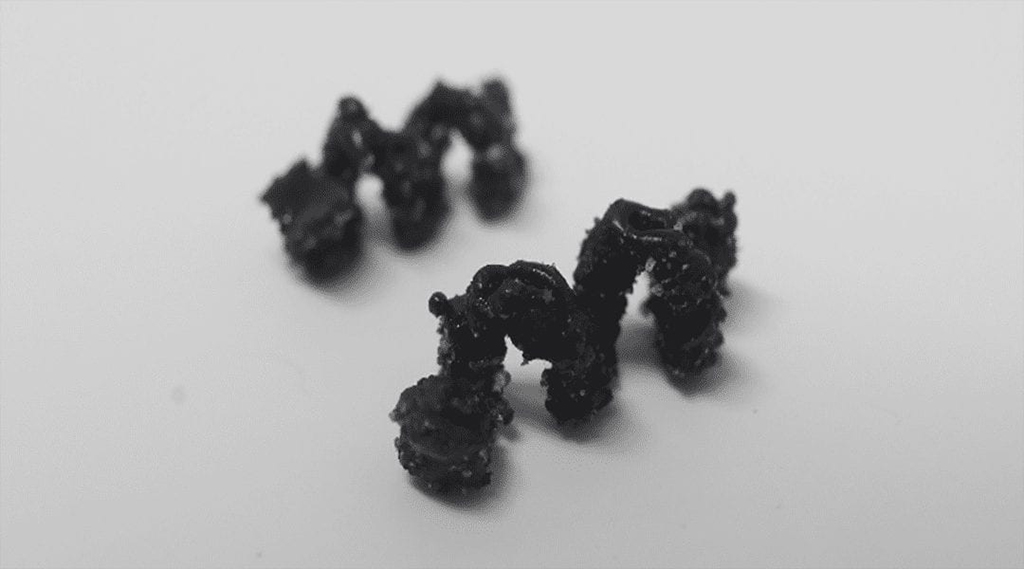Josep Puigmartí – Universitat de Barcelona (UB)
Nanobots have featured heavily in film and science fiction literature, with microscopic robots capable of taking over the mind, providing superheros with enhanced powers, or entering the body to treat and repair injury.
While a dream for many years, research efforts in past decades have led to intriguing examples of real-world microrobots with some of these hoped for capabilities, including as non-invasive medical devices for the diagnosis and treatment of different diseases and pathologies.
“These mobile systems are engineered to improve the efficacy of [therapeutics] and to reduce their toxicity by delivering them at affected sites of the human body,” wrote a team of authors led by Salvador Pané and Xiang?Zhong Chen of ETH Zurich and Josep Puigmartí?Luis of Universitat de Barcelona. “While these devices have demonstrated many potential biomedical in vitro and in vivo applications, current designs exhibit limited features that impede their translation to actual clinical scenarios.”
In a recent study published in Advanced Materials, the researchers sought to solve this problem by making microrobots that are more biologically compatible; and they did this by making them out of candy.

